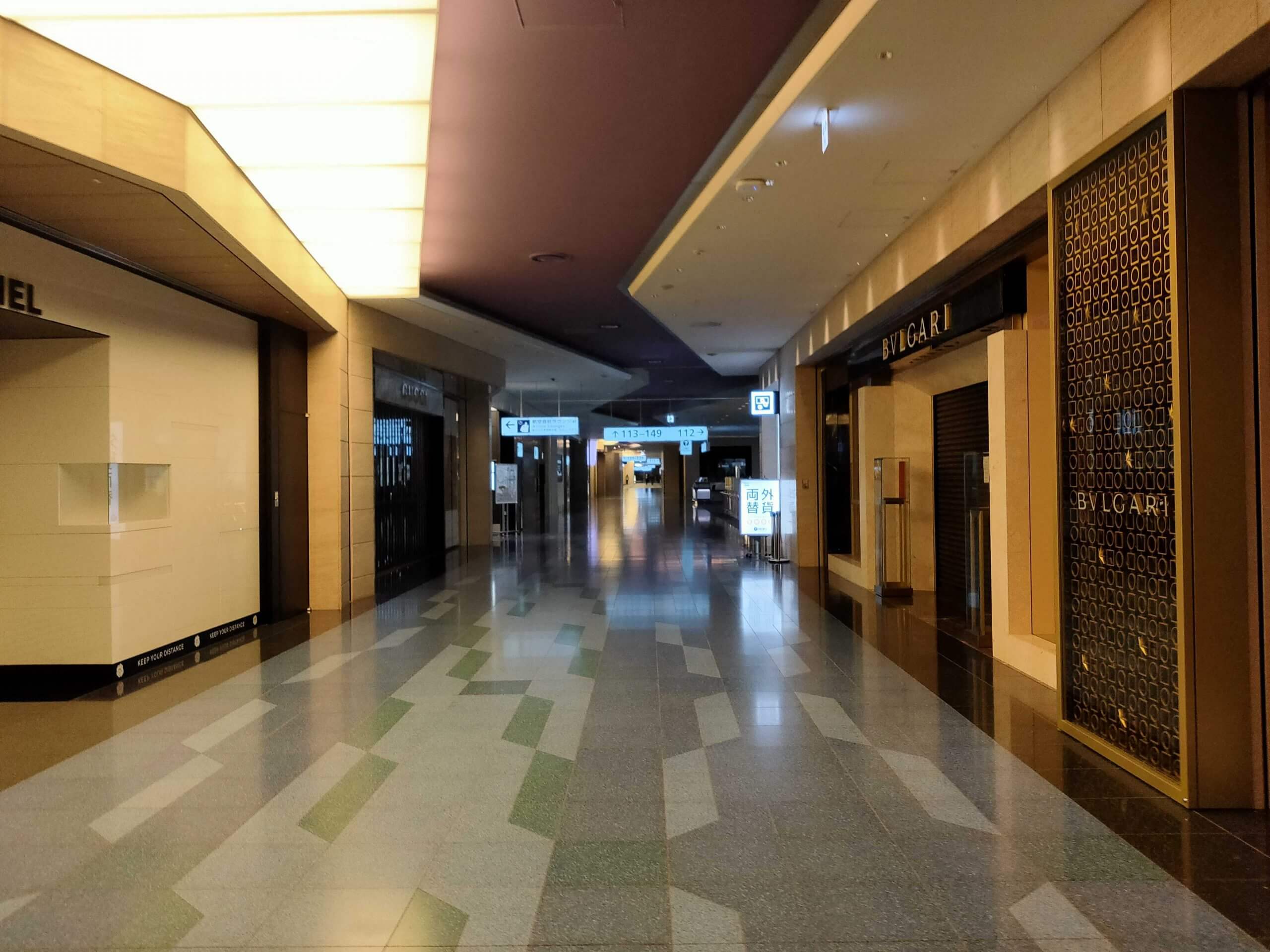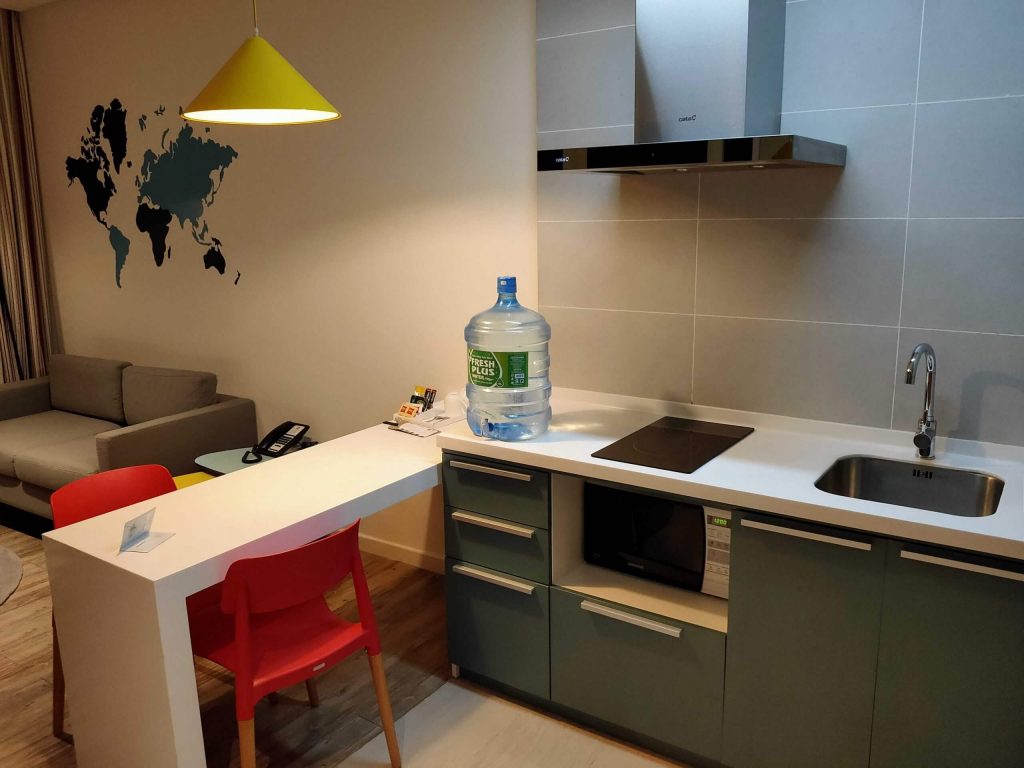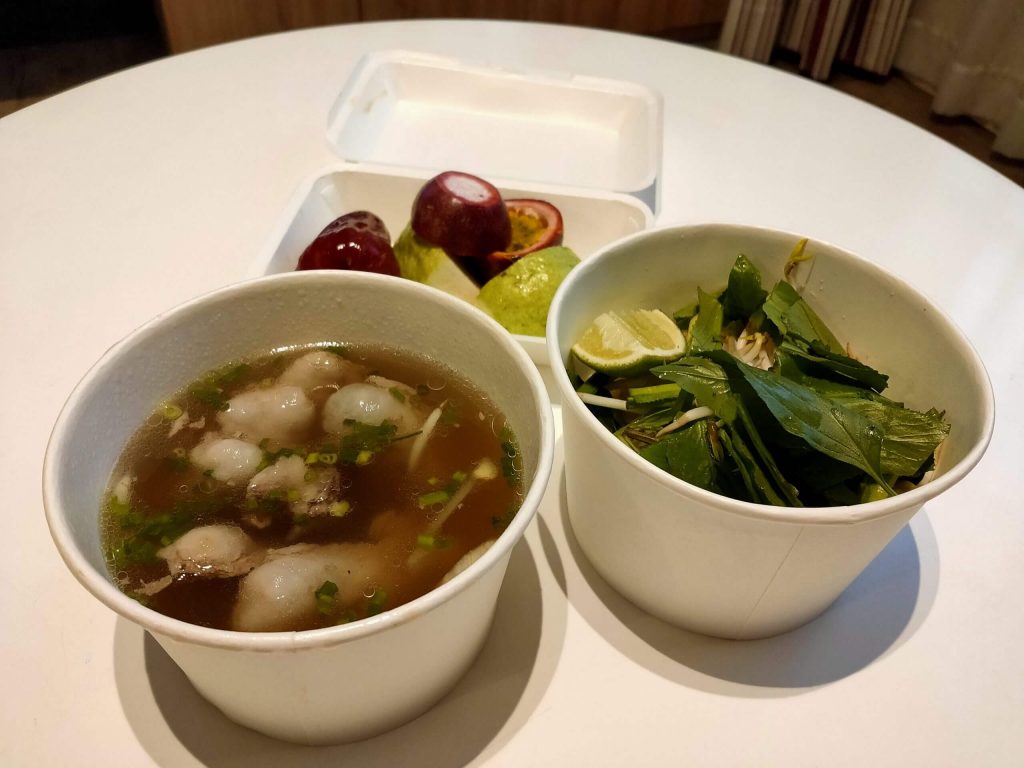Going to Vietnam in the middle of the pandemic
2021/09/24ENGLISH-ARTICLE

I visited Vietnam on a business trip from the end of March to the end of April 2021.
I am sharing my own experience from preparing to enter the country to coming back to Japan, as I hope it will be helpful for those who want to visit Vietnam while the COVID-19 is still spreading (The situation can change any time. Please make sure you check the latest information).
Preparing for entry
For Japanese, please refer to the Embassy of Japan in Vietnam website for the detailed instructions.
I recommend that you check this website frequently.
Entry permits are obtained from the Vietnamese authorities, however, following the rules, this will be done by the company you are visiting. This process took about two months, partly because of the Tet (Chinese New Year) holidays. In my case, I did not go to the embassy in advance to get a visa, but got an Arrival Visa at the airport instead. In order to enter Vietnam, you need to get a negative PCR test certificate which is issued 5 to 3 days prior to your arrival. Please note that the test method is also specified, so make sure to confirm which method is required before taking the test.
Departing
I checked again and again to make sure I did not forget anything, then went to Haneda Airport. (Actually, I forgot the key of my suitcase and had to pick its lock when I arrived in Vietnam...)
The procedure was the same, but there were many documents to check, so it took longer than usual.
The airport was still quite deserted and the duty free shops were all closed. The money exchange shops didn't seem to have much foreign currency in stock, so we had to call them on the phone to get some.
It was surprisingly crowded inside the plane in contrast to what I expected. I thought it was a consideration from the airline that the middle seat would be left empty, but they said it was just a coincidence. At least everyone on this plane tested negative for PCR, so I guess they are not so worried.
Entry
After arriving on time for a six-hour flight, the first airport staff we saw were wrapped in protective clothing. There were no such measures when we returned to Japan and we could not help but feel the difference in crisis awareness between two countries.
After arrival, we followed the staff's guide to show the web Health Declaration screen, the negative PCR test certificate, get the Arrival Visa, show the entry permit, etc. Some of the procedures were the same as usual, and some were added to suit the current situation.
When you arrive at the exit gate after all the procedures, you will be asked to put on a protective suit. This is necessary for the transfer from the airport to the quarantine hotel.
You will be transported to the quarantine hotel in a special vehicle that has been arranged in advance. Anything you touch (car or luggage) from the time you leave the airport until you arrive at the hotel will be thoroughly disinfected.
When you arrive at the hotel, you will be asked to sign a declaration (that you will abide by the rules of quarantine), check in and go to your room. This is the start of your two-week quarantine.
Life in quarantine
I booked a large room since I expected I would not be allowed to step outside, so it was quite comfortable. Everything had been prepared, from water supply to microwave and fridge. As for drinking water, the hotel prepared mineral water, and you can call the room service to have it replaced once it ran out. There was no cleaning service like usual, but if you need anything or have any problems, just call and they will take care of it.
There is a set menu for breakfast, lunch and dinner for each week, you can call the reception the day before to order. There are Asian and Western meals to choose from, but it was difficult to decide which to choose as the Asian food was too much, and the Western food was the right amount but not so tasty.
It is indeed Pho when it comes to Vietnam. It was one of the few things on the menu that tastes simple and never gets old. There are chairs in the corridor covered with plastic sheet, and the food is placed on these chairs. When the food is served, the staff will knock on the door and you open the door to pick it up yourself.
Apart from a daily temperature check and two PCR tests during the two-week quarantine, you will not have any contact with anyone except yourself.
When the quarantine is over
If the last PCR test is negative, then your quarantine time is over. When I went outside, there were very few people wearing masks, as if it was before the pandemic completely changed our lives.
On our return to Japan, we were subjected to a two-week voluntary quarantine, which consisted of GPS reports twice a day about our location and a questionnaire to report our physical condition.
Final
Since the end of April, Vietnam has experienced a fourth wave of the pandemic, making the entry into the country much more difficult. If you are planning to go to Vietnam, please make sure to check the latest information.
We are advising on M&A between Vietnamese and Japanese companies.
- CATEGORY
- ● ENGLISH ARTICLE









